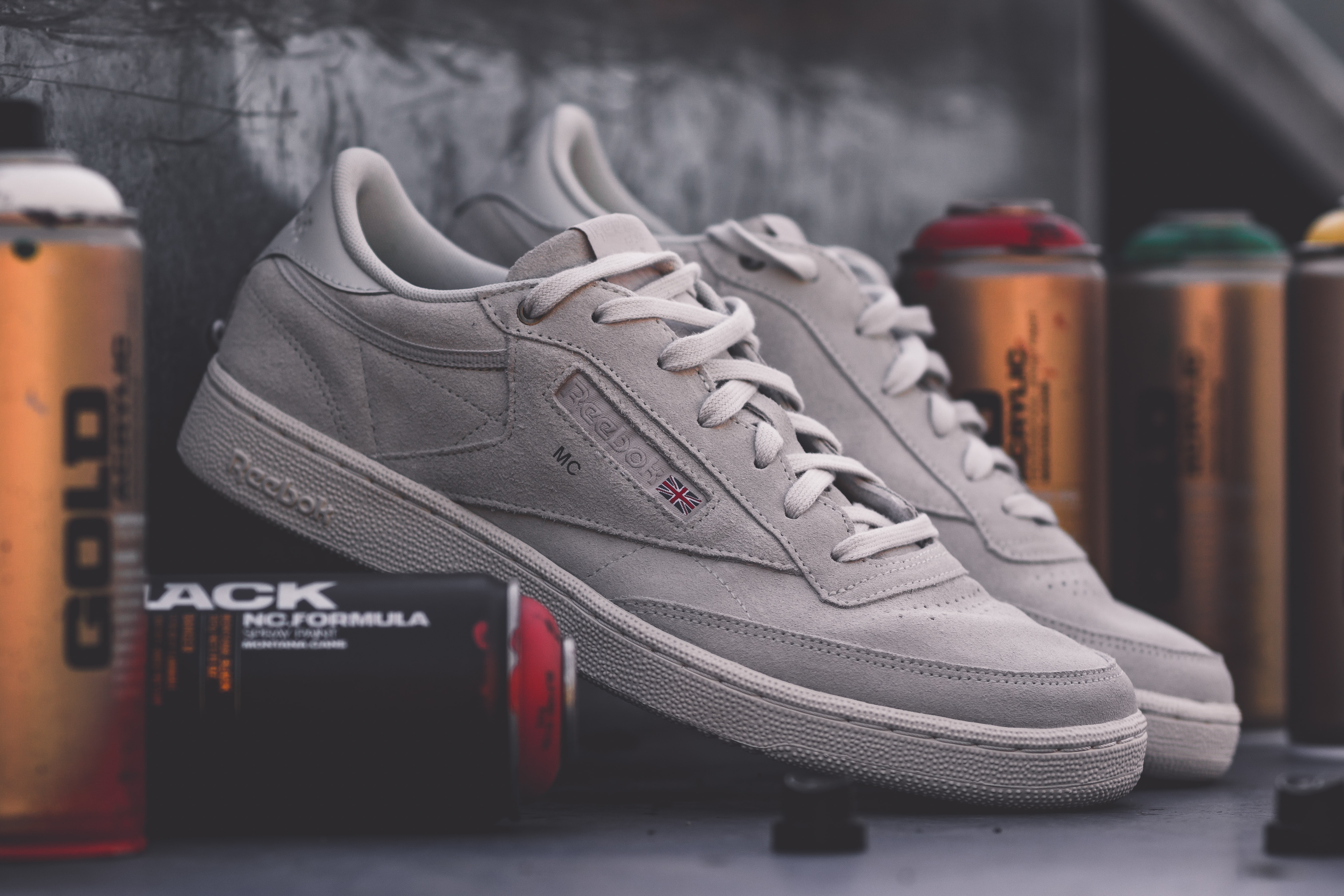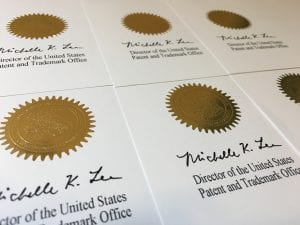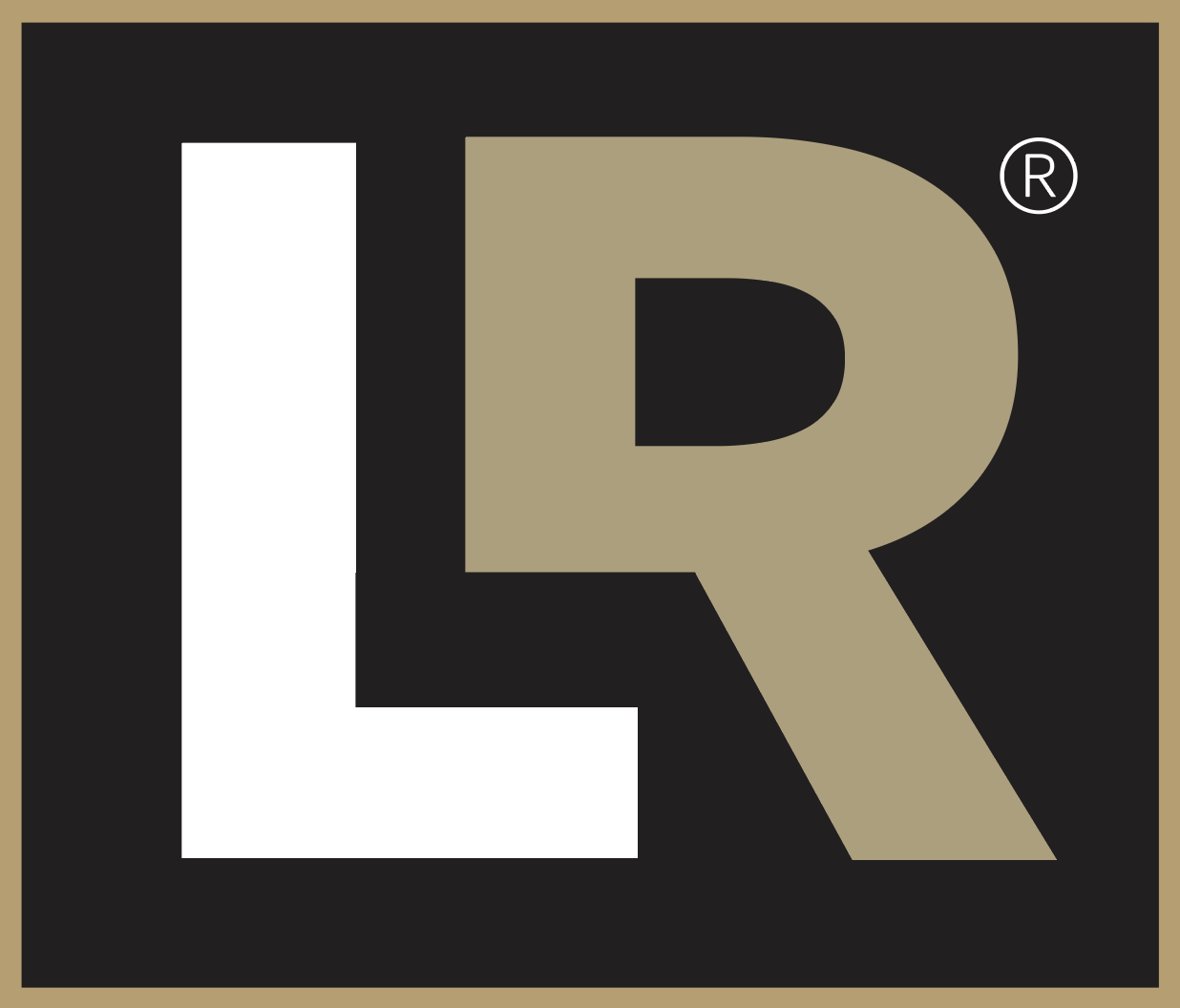A Crash Course in Trademark Infringement

A Crash Course in Trademark Infringement
Imagine walking into the shoe department of a clothing store, looking for your next pair of basketball shoes. Towards the back wall is beautiful Red shoe with the name, “BEEBOK” on it. More interestingly, the word “BEEBOK” is written in precisely the same font as the shoe immediately next to it, which bears the name, “REEBOK”. Very likely, you would at this point find yourself thinking something to the effect of, Well this is strange. Is this shoe made by the same company? Is it just a coincidence that the names on the shoes are so similar? I recognize REEBOK but this BEEBOK company is one that I’ve never heard of before. What is going on here….? This sort of bewilderment on the part of a theoretical customer is precisely what trademark law seeks to prevent; consumer confusion due to excessively similar trademarks used to sell excessively similar products or services. This article will explore the topic of Trademark Infringement in greater detail.Trademarks are Branding Assets Which Tell a StoryA trademark is a branding anchor, commonly in the form of a name, logo, or slogan, which when used as a branding insignia on a product or service, alerts customers as to the source company which sells the product or service. Seeing “REEBOK” on a shoe enables a customer to understand that he/she is about to purchase a shoe made by the Reebok company and depending on the extent to which the customer favors or disfavors the Reebok company, will either increase or decrease the chances of him purchasing the shoe. In the United States, one can obtain national trademark protection on one’s branding asset/s (name/logo/slogan) by registering the mark, along with the goods/services to be sold under the banner of the mark, with the United States Patent and Trademark Office (USPTO). A registered trademark confers the trademark holder with the sole right to use the mark to brand his goods/services and if a competitor were to sell sufficiently similar goods/services under the same or even sufficiently similar mark, the competitor would be engaging in trademark infringement.
 Samples of official registered trademark seals; image by MyBrandMark.com, via Pixels.com.
Samples of official registered trademark seals; image by MyBrandMark.com, via Pixels.com.
The similarity or dissimilarity of the marks in their entireties as to appearance, sound, connotation, and commercial impression.
The similarity or dissimilarity and nature of the goods described in an application or registration or in connection with which a prior mark is in use.
The similarity or dissimilarity of established, likely-to-continue trade channels.
The conditions under which and to whom sales are made, i.e., “impulse” vs. careful, sophisticated purchasing.
The fame of the prior mark.
The number and nature of similar marks in use on similar goods.
The nature and extent of any actual confusion.
The length of time during and the conditions under which there has been concurrent use without evidence of actual confusion.
The variety of goods on which a mark is or is not used.
The market interface between the applicant and the owner of a prior mark.
The extent to which applicant has a right to exclude others from use of its mark on its goods.
The extent of potential confusion.
Any other established fact probative of the effect of use.

About Abe Cohn
Abe Cohn is an attorney at Cohn Legal, PLLC, a law firm designed specifically to provide a boutique experience for entrepreneurs.
